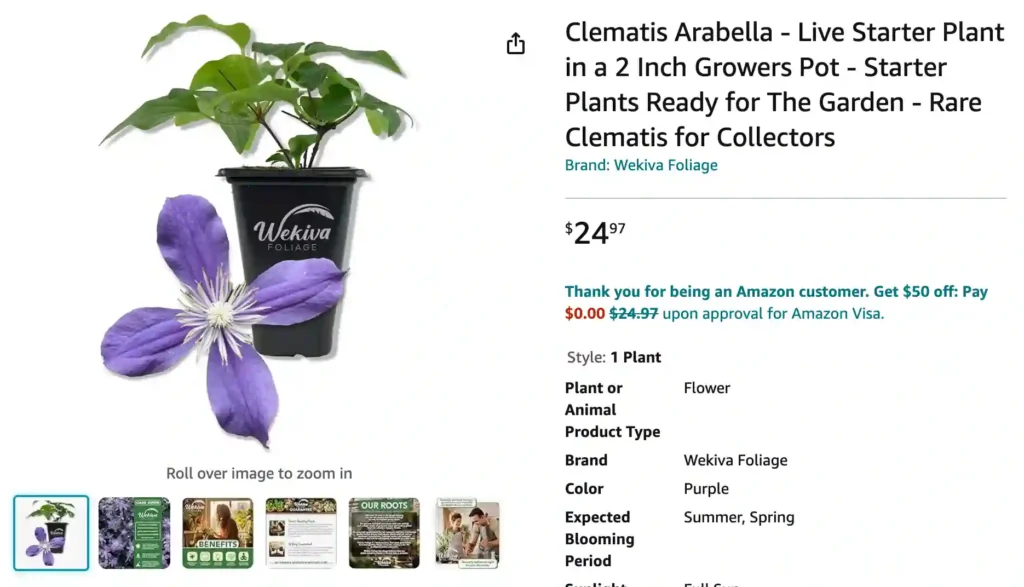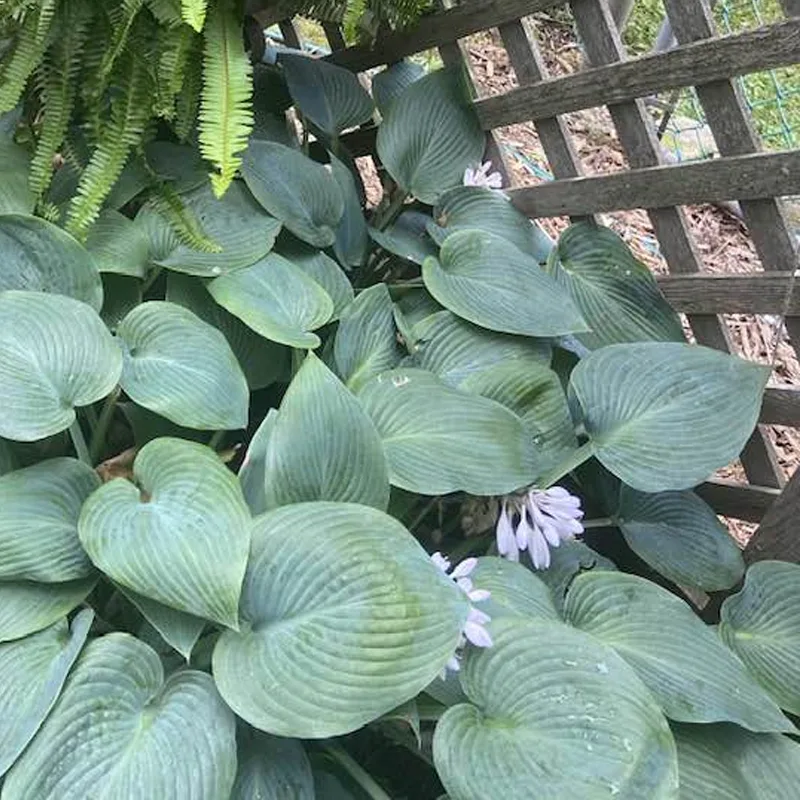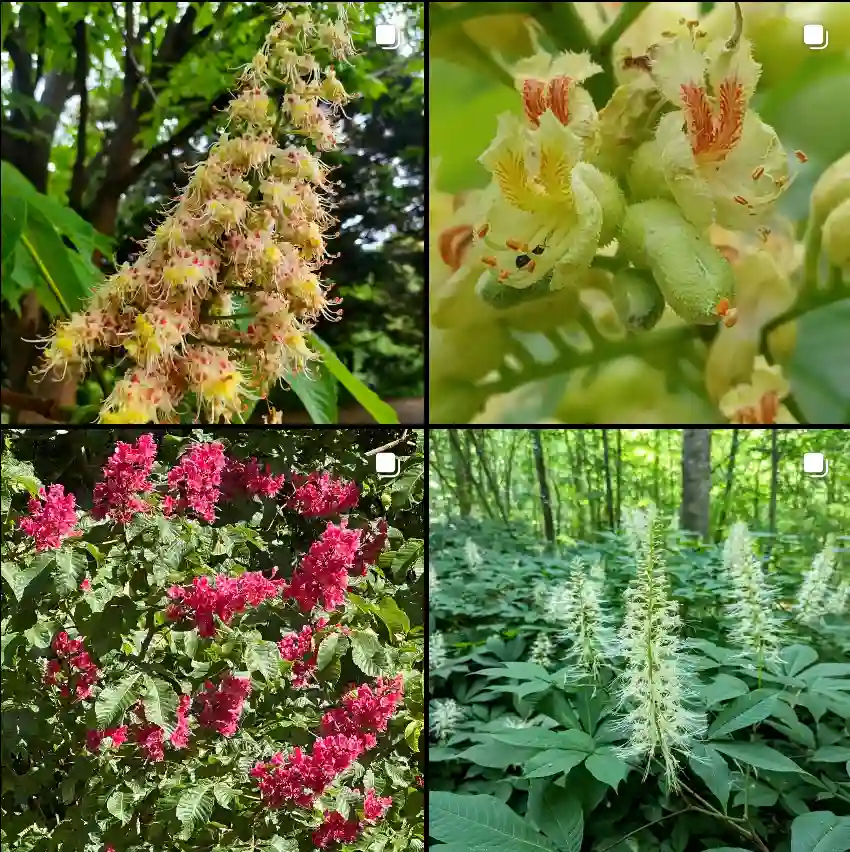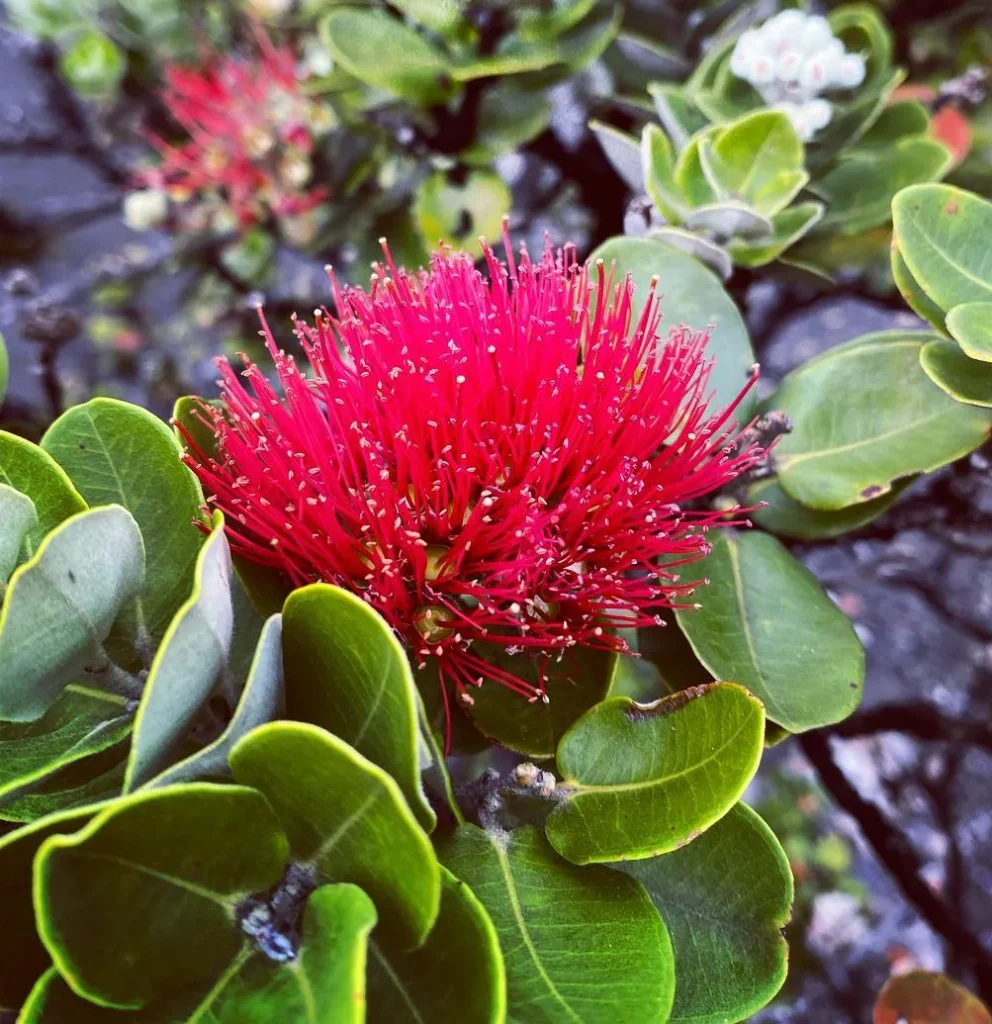
Clematis Arabella: A Burst of Blooms for Your Garden
As a passionate gardener, I’m always on the lookout for plants that add a touch of magic to my outdoor space. That’s how I stumbled upon the delightful Clematis Arabella, and let me tell you, it hasn’t disappointed! This charming climber offers a captivating display of flowers throughout the summer, making it a true gem for any garden.
But before you rush out and buy one, there are a few things to consider about this beauty. In this article, I’ll share my experience with Clematis Arabella, answering all the questions I had when I first encountered this captivating vine.
391 Species in Genus Clematis
When to plant Clematis Arabella?
Aim to plant your Clematis Arabella in the early spring or fall. This allows the plant to establish its roots before the harsh summer heat or winter chills arrive.
Where to plant Clematis Arabella?
This versatile vine thrives in several locations:
- Trellises and fences: Clematis Arabella isn’t a self-clinging variety, so it needs support to climb. A sturdy trellis or fence provides the perfect platform for its vibrant blooms to cascade.
- Shrub borders: Plant your Clematis Arabella at the base of a shrub and allow it to weave its way through the branches. This creates a stunning textural contrast and adds a pop of color to your shrubbery.
- Pots: Clematis Arabella is surprisingly happy growing in containers. Choose a large pot with good drainage and provide a support structure like an obelisk for it to climb.
How to plant Clematis Arabella?
Here’s the step-by-step process for planting your Clematis Arabella:
- Choose a location: Select a spot that receives at least 6 hours of sunlight daily. Clematis Arabella can tolerate some afternoon shade, but full sun exposure encourages the most blooms.
- Prepare the soil: Clematis Arabella prefers well-draining, fertile soil. Amend your existing soil with compost or organic matter to improve drainage and provide essential nutrients.
- Dig a hole: Dig a hole about twice the size of the container your Clematis Arabella came in.
- Position the plant: Carefully remove the Clematis Arabella from its container and place it in the center of the hole. Ensure the crown (the point where the stems meet the roots) sits about 2-3 inches below the soil surface.
- Backfill the hole: Fill the hole with the amended soil, gently tamping it down to remove air pockets.
- Water thoroughly: Give your Clematis Arabella a good soaking to settle the soil and hydrate the roots.
- Provide support: Install your chosen support structure like a trellis, fence, or obelisk near the planting hole. As the Clematis Arabella grows, gently guide its stems to twine around the support.
How to care for Clematis Arabella?
With a little TLC, your Clematis Arabella will reward you with a magnificent display of blooms for years to come. Here are some key care tips:
Watering: Clematis Arabella prefers consistently moist soil, especially during its flowering period. Water deeply at the base of the plant, allowing the water to penetrate the root zone. Avoid overwatering, as this can lead to root rot.
Mulching: Apply a layer of mulch around the base of your Clematis Arabella. This helps retain moisture, suppress weeds, and regulate soil temperature. Renew the mulch layer annually to maintain its effectiveness.
Fertilizing: Feed your Clematis Arabella with a balanced fertilizer once a month during the growing season (spring and summer). A slow-release fertilizer is ideal, as it provides a steady supply of nutrients throughout the season.
Is Clematis Arabella evergreen?
No, Clematis Arabella is not an evergreen vine. In colder climates, it dies back to the ground in winter. However, don’t despair! This actually simplifies your winter care routine.
When to prune Clematis Arabella?
There are two schools of thought on pruning Clematis Arabella. Here are the two main approaches:
- Late winter pruning: This method involves pruning the vine in late winter or early spring before new growth appears. Cut back the stems to about 12-18 inches from the ground. This encourages bushier growth and promotes a profusion of blooms in the summer.
- Minimal pruning: If you prefer a more natural look, you can opt for minimal pruning. Simply remove dead, diseased, or damaged stems in late winter. This approach allows the vine to retain some of its structure and produce blooms on the older wood in early summer.
Here’s a helpful tip: Regardless of the pruning method you choose, it’s best to avoid pruning Clematis Arabella during the summer months. This is because it flowers on new growth produced in the spring, and summer pruning can inadvertently remove flower buds for the following season.
What to plant with Clematis Arabella?
Clematis Arabella pairs beautifully with several plants in your garden:
- Clematis companions: Consider planting a late-blooming Clematis variety alongside your Clematis Arabella. This creates a stunning succession of blooms throughout the summer.
- Shrubs: Combine Clematis Arabella with colorful shrubs like roses, hydrangeas, or viburnums to create a vibrant and dynamic display.
- Small climbing plants: Clematis Arabella can coexist peacefully with smaller climbing plants like morning glories or honeysuckle. Choose varieties with contrasting flower colors or textures for an even more captivating display.
With its captivating blooms and climbing habit, Clematis Arabella is sure to become a focal point in your garden. By following these simple tips, you can ensure your Clematis Arabella thrives and brings a burst of color and beauty to your outdoor space for years to come.
If i die, water my plants!



